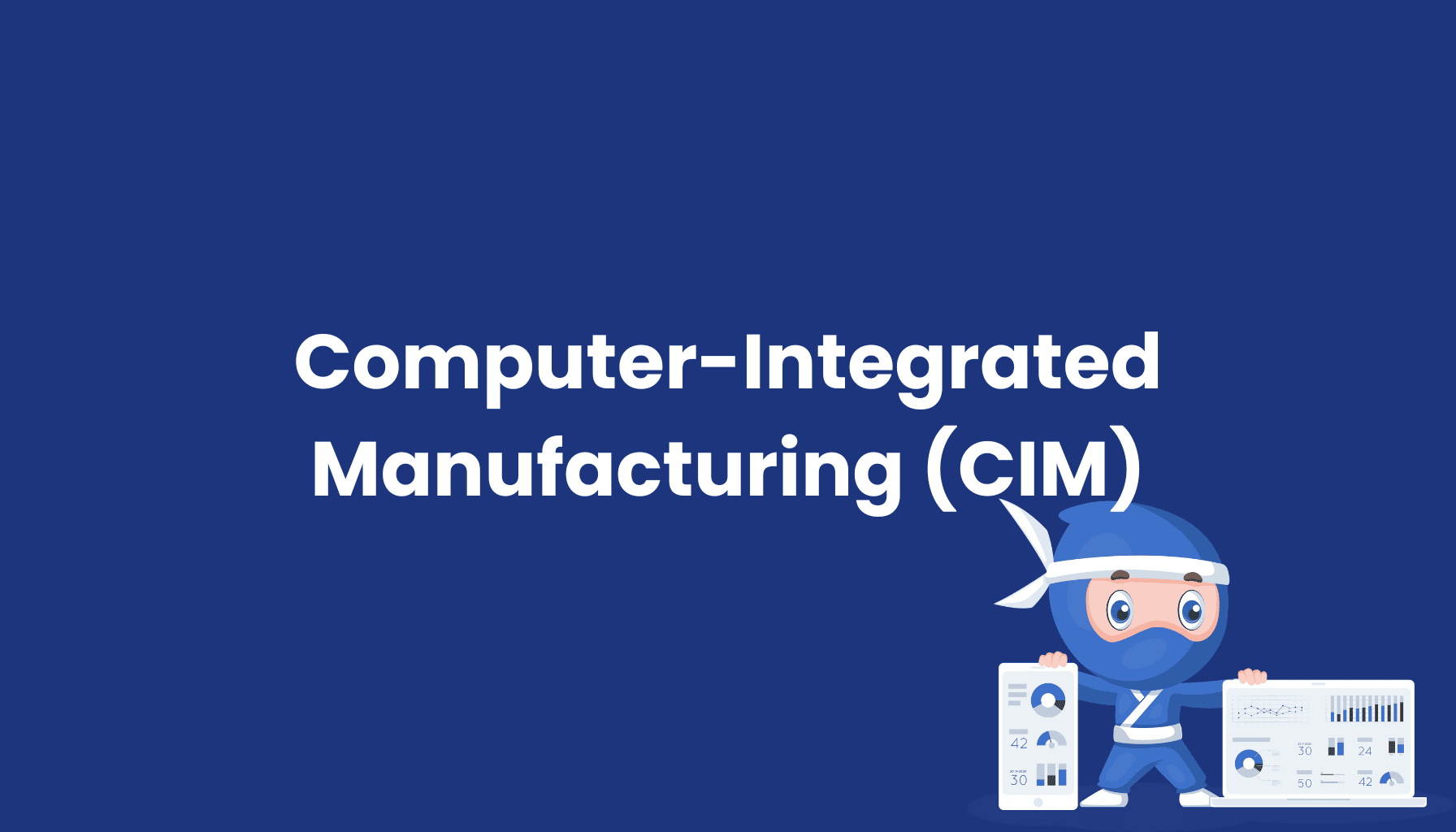Continuous Path Control (CPC)

What is Continuous Path Control (CPC)?
Continuous Path Control (CPC) is a technique in manufacturing and automation that allows machine tools to follow a continuous path, enabling complex movements and machining operations. This technique is commonly used in CNC (Computerized Numerical Control) machines to precisely cut, drill, or mill complex shapes in various materials.
How Does Continuous Path Control Work?
Unlike point-to-point motion, where a machine moves in discrete steps from one position to another, CPC uses continuous motion along a defined path. This method controls the machine’s speed, acceleration, and trajectory to achieve smoother and more precise machining results. The continuous control over the tool's movement allows for the creation of intricate shapes and contours with high accuracy and repeatability.
Benefits of Continuous Path Control
-
Improved Surface Quality: CPC allows for smoother transitions and more precise cuts, resulting in higher-quality surface finishes on the machined parts.
-
Efficiency in Machining: By maintaining continuous motion, CPC reduces the time required for machining operations, leading to faster production cycles and reduced machining times.
-
Accuracy and Repeatability: Continuous control over the tool path ensures that complex shapes and contours are machined with high precision, which is crucial for industries requiring exact specifications, such as aerospace, automotive, and medical device manufacturing.
Applications of Continuous Path Control
CPC is particularly valuable in industries where precision and complexity are paramount:
-
Aerospace: Used to manufacture intricate components that require precise dimensions and surface quality, such as turbine blades and structural components.
-
Automotive: Applied in the production of complex engine parts, transmission components, and body panels where precision and consistency are critical.
-
Medical Devices: Essential for producing complex shapes in implants, surgical instruments, and prosthetics, where accuracy and smooth surfaces are crucial for functionality and safety.





